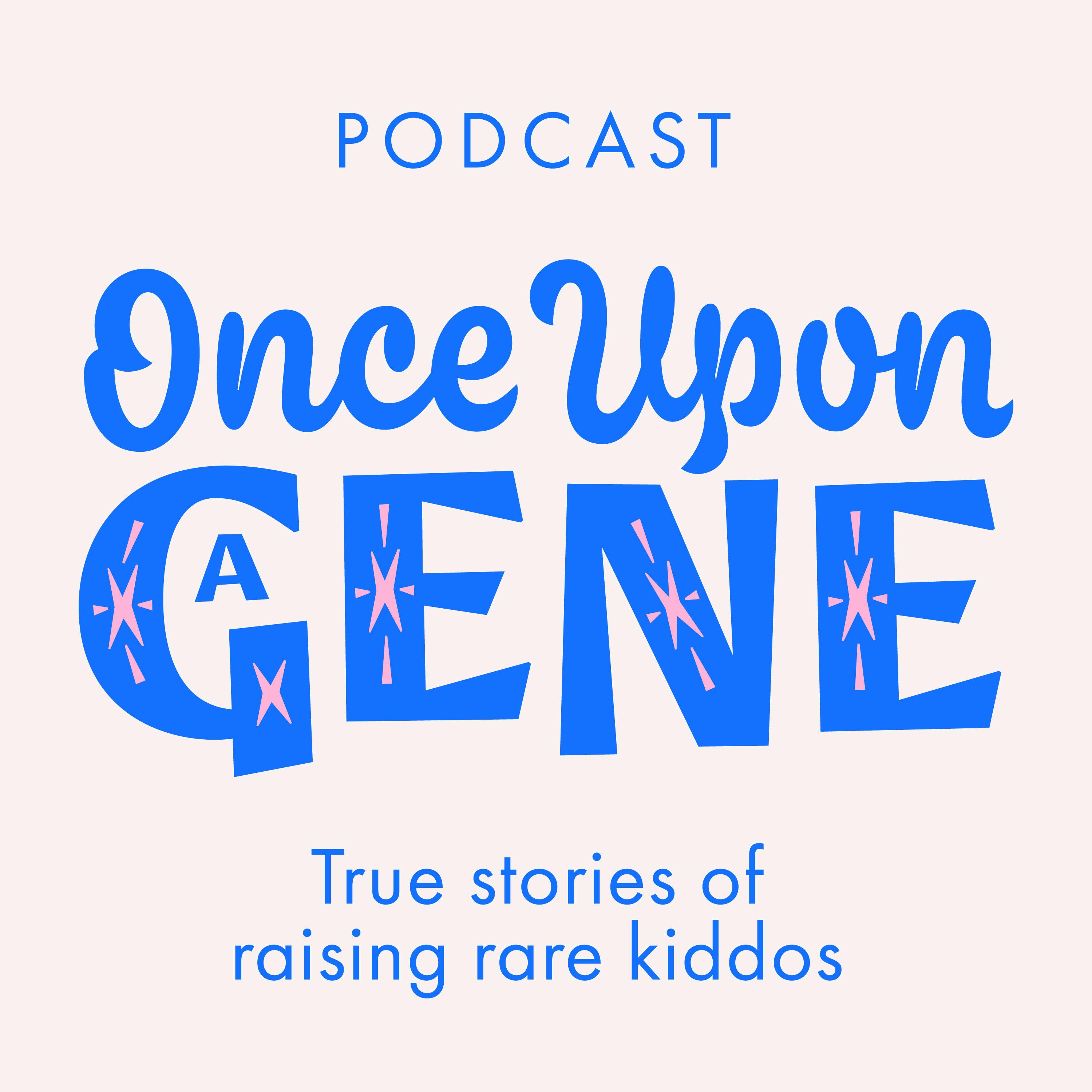
From Heartbreak to Hope - With CEO of Parent Project Muscular Dystrophy, Pat Furlong
Podcast: Once Upon A Gene
Autor:Effie Parks
ONCE UPON A GENE - EPISODE 204 From Heartbreak to Hope - With CEO of Parent Project Muscular Dystrophy, Pat Furlong When doctors diagnosed her two sons, Christopher and Patrick, with Duchenne in 1984, Pat didn’t accept “there’s no hope and little help” as an answer. Pat immersed herself in Duchenne, working to understand the pathology of the disorder, the extent of research investment and the mechanisms for optimal care. Her sons lost their battle with Duchenne in their teenage years, but she continues to fight—in their honor and for all families affected by Duchenne. EPISODE HIGHLIGHTS How and when did you realize something was wrong? While other children played energetically, her sons would engage in quieter activities like coloring. Initially, she believed she simply had well-mannered children. However, she soon realized that her children were hesitant to engage in certain physical activities, such as running. While other children played energetically, her sons would engage in quieter activities like coloring. Initially, she believed she simply had well-mannered children. However, she soon realized that her children were hesitant to engage in certain physical activities, such as running up and down stairs or jumping. Concerned, she sought advice from various individuals, including her physician husband and his colleagues. Despite her genuine worries, many dismissed her concerns, labeling her as an overly anxious mother. This dismissal set her on a path of determination to find out more about her children's condition How did you begin? The beginning of her journey was marked by a mix of determination and desperation. Shortly after receiving a diagnosis about her children, she took a bold step by borrowing $100,000 from the bank. In her mind, she believed this amount would be sufficient to find a cure for them. The figure, substantial for its time, might seem naive to professionals in the biopharma industry today. Eager to find solutions, she reached out to various laboratories that had limited data on the condition. However, when she introduced herself as a mother with two boys diagnosed with Duchenne, she was often turned away. The birth of a gene therapy Today, DMD patients have been given new hope. The U.S. Food and Drug Administration (FDA) has approved Elevidys, the first gene therapy for DMD, for patients with the disease between the ages of 4 and 5 years old. This newly approved gene therapy delivers a copy of a gene that encodes a shortened, functional form of dystrophin, the gene that is mutated in DMD patients. Dystrophin is like a shock absorber for muscles, and without it, muscle deteriorates. What can others do to further rare disease research? For those seeking to advocate for a cause, a key strategy is to actively engage with congressional representatives, whether in the United States or elsewhere. It's advisable to frequently contact the offices of Senators or Congress people, introducing oneself and expressing what is important to them. This shouldn't be a one-time conversation but rather a consistent dialogue, akin to building a relationship. LINKS AND RESOURCES MENTIONED Parent Project Muscular Dystrophy https://www.parentprojectmd.org/ PPMD's Decode Duchenne Genetic Testing Program https://www.parentprojectmd.org/about-duchenne/decode-duchenne/ Dante Labs https://us.dantelabs.com/ CONNECT WITH EFFIE PARKS Website https://effieparks.com/ Twitter https://twitter.com/OnceUponAGene Instagram https://www.instagram.com/onceuponagene.podcast/?hl=en LinkedIn https://www.linkedin.com/in/effie-parks-741013164/
Fecha de Publicación: 26 de octubre de 2023
Duración: 55 min
Añadir a Playlist

Episodios Relacionados
-
Finding Joy in the Journey: A Guide for Parents of Medically Complex Kids with Amber Pierson & Chelsea Kuhn junio 5, 2025
-
From Beast Games Champ to Rare Disease Warrior: Jeff Allen’s 365-Mile Ruck for His Son’s Creatine Transporter Deficiency mayo 15, 2025
-
GeneDx Launches Cerebral Palsy Genetic Testing Pillar & Discover Snapshot: For Deeper Insights and to Help You Grow Your Patient Community – with Gay Grossman mayo 1, 2025
-
Empowered Kids - Painless Labs :O'Ryan Health’s At‑Home Blood‑Draw Revolution with Tim Coleman abril 18, 2025
-
Navigating the Complexities of Grief: How One Mother’s Grief Birthed a Supportive Community with, Heather Straughter. marzo 27, 2025